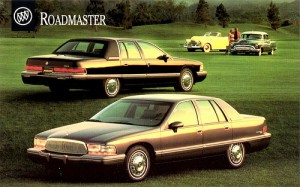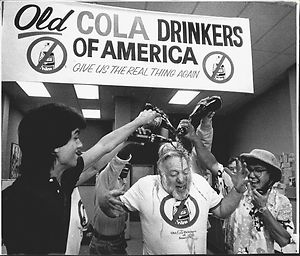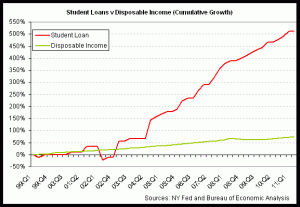As I retire from Tamar’s Marketing Firm, I would like to compliment my classmates and the boss herself for a great semester.

In all seriousness, 296 really did emulate teamwork in the corporate world. Groups were pre-selected and had to work on several assignments together as opposed to just one. This required patience and flexibility and the ability to get along well. In the end, my group was able to produce work of such high quality that it even met TMF’s standards. That being said, we could have benefited from more collaboration and less rigid division of tasks. The course material stresses the importance of all corporate departments working together, and this proved to be very true.
For this reason, one cannot call one area of business less important than another. What good is an accounting department if all it sees is red? How effective can a marketing division be if the logistics people cannot deliver the product in time? How can a company prosper if it’s financiers suggest projects that aren’t compatible with its culture or vision?
This course has made me realize how important the job of a marketer is. Major successes aren’t possible without creativity and/or amazing luck. In the business world, marketers have the most of the former. I like to think I will have a lot of the latter.
 The idea would certainly “save money”, both the company’s and shoppers’, but will customers “live better”?
The idea would certainly “save money”, both the company’s and shoppers’, but will customers “live better”?







